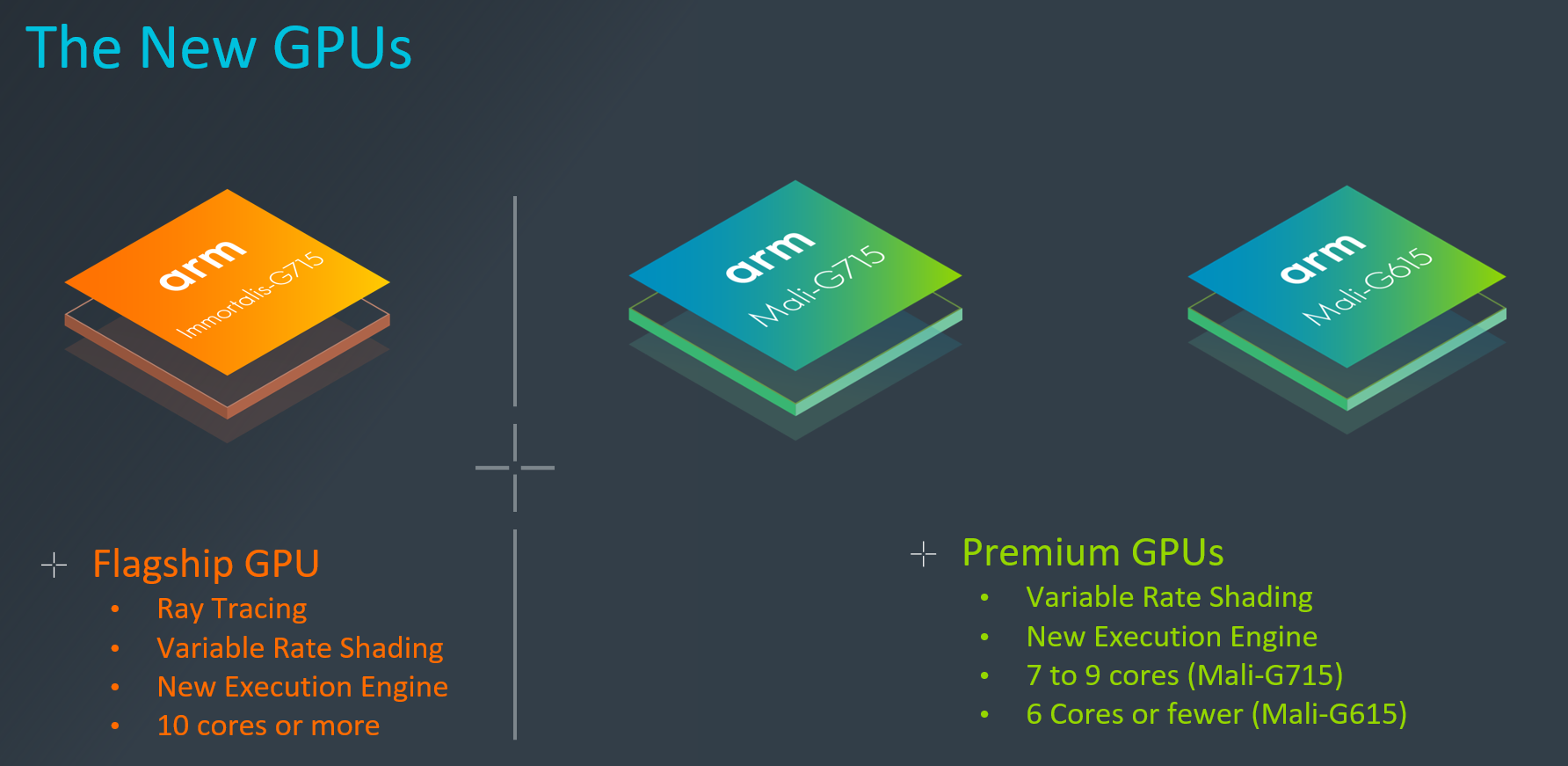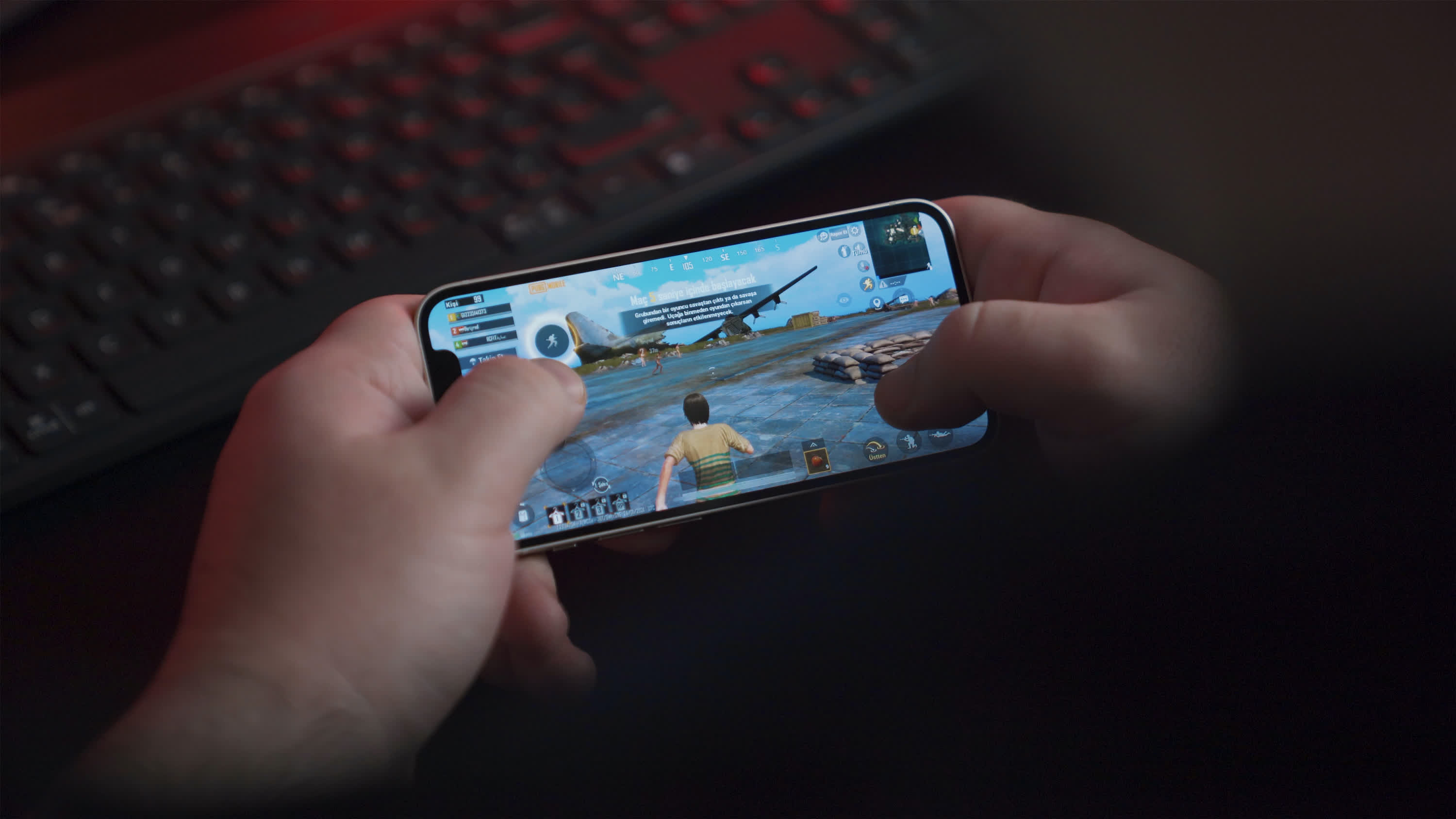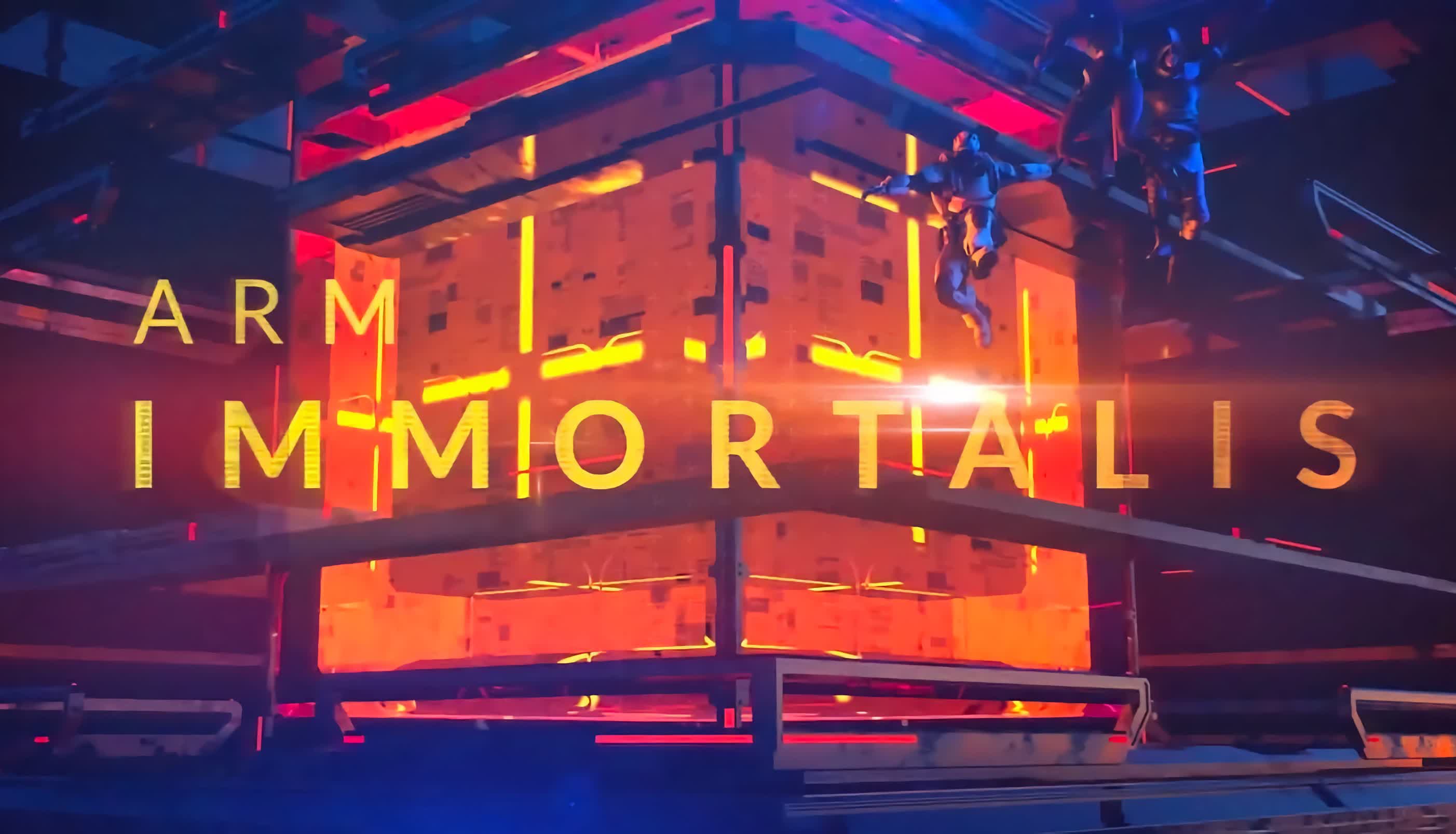Why it matters: Many tech enthusiasts who like to dig into the underlying technology within their favorite devices understand the importance of news from Arm – the company whose chip architectures underly virtually every smartphone in the world, a huge chunk of IoT devices, and an increasing percentage of PCs and servers as well.
As with most of the company's key clients, including Apple, Samsung, Qualcomm, Mediatek, Amazon, Nvidia, Marvell and many others, Arm has a roughly annual cadence for critical advancements to their core chip designs. This year's news had a particularly strong focus on graphics, including the debut of the new Immortalis brand for their top-performing, gaming-focused GPU designs.
Given the huge growth in the mobile gaming market over the last several years – according to Arm, mobile gaming now represents more than half (52%) of all gaming revenue worldwide – it makes complete sense that Arm would focus much more of their attention on the graphics side of the client story this year.
The fact that a staggering 8 billion Arm Mali GPU-based designs have already shipped also indicates the incredibly important, but often overlooked, role that Arm plays when it comes to gaming. What's particularly notable about the new Immortalis G-715 is that it's Arm's first GPU to support hardware-based ray tracing.

As gaming veterans and computer graphics afficionados know, ray tracing is a technology that's designed to create even more realistic lighting, reflections and realism in a scene by emulating the process of having rays of light bounce off every element in a scene and generating an image of the result.
It's an incredibly compute-intensive procedure that wasn't possible to do in real-time until Nvidia debuted their high-end RTX technology for desktop PCs in late 2018. Even with the technology in place, however, it took several years before many computer games started to take advantage of the potential benefits of ray tracing. In the case of mobile phones, AR/VR headsets and other devices that may leverage the Immortalis technology via next generation chip designs, a 2023 debut isn't really late to the party because only now are game developers starting to use ray tracing for more than a few special effects.
In addition to ray tracing, the new Immortalis line promises a 15% improvement in performance along with a 15% reduction in power consumption, a good combination to have to enable both longer lasting and better performing gaming sessions.
Both the Immortalis and the new Mali G-715 also feature variable rate shading, which can offer a 40% improvement in frames-per-second gaming performance in games that are designed to take advantage of the technology's ability to redraw critical elements of a scene at a different rate than non-moving elements.
Arm also introduced the Mali G-615, which is a lower-cost, lower power design based on the G-715 that makes it simpler for device makers building a range of products across different price points to leverage their work across multiple products.
Given the growing usage of GPUs for AI and machine learning (ML)-based features and applications, it's also interesting to see that Arm is claiming a 2x architectural ML improvement for their new GPU line. This means that devices which use a Mali GPU to accelerate ML-driven features such as computational photography and image enhancing filters can benefit from these new enhancements.
Despite the heavy focus on graphics, Arm also debuted new advancements in CPU designs, including their top-of-the-line Cortex X3, which offers 15% performance improvement versus last year's X2 design. Equally important, the Cortex A715 mid-range CPU design now offers performance equivalent to the original X1, meaning that less expensive phones and other devices will now be able to match the experience of top-of-the line designs from just two years ago.

Given the importance of the big.LITTLE concept in Arm-based SoC designs (where a few high-power, high-performance CPU cores are paired with multiple low-power CPUs), it's also worth noting that Arm's latest little core design, the Arm Cortex-A510 matches the performance of last year's A500 but reduces power consumption by 5%.
All told, the combination of what Arm calls its Total Compute Solutions 2022 stack, or TCS22 for short, offers what looks to be a solid set of enhancements on both the performance and power consumption side, while integrating new features and capabilities as well. It's important to remember that these new enhancements form the basis for what we can expect to see from premium and mid-range smartphones in 2023, as well as some Arm-based PCs in the same timeframe as well. In other words, what Arm creates and announces has a huge forward-looking impact on all our favorite devices. Given that influence, it's good to see the company taking valuable steps forward.
Bob O'Donnell is the founder and chief analyst of TECHnalysis Research, LLC a technology consulting firm that provides strategic consulting and market research services to the technology industry and professional financial community. You can follow him on Twitter @bobodtech.
